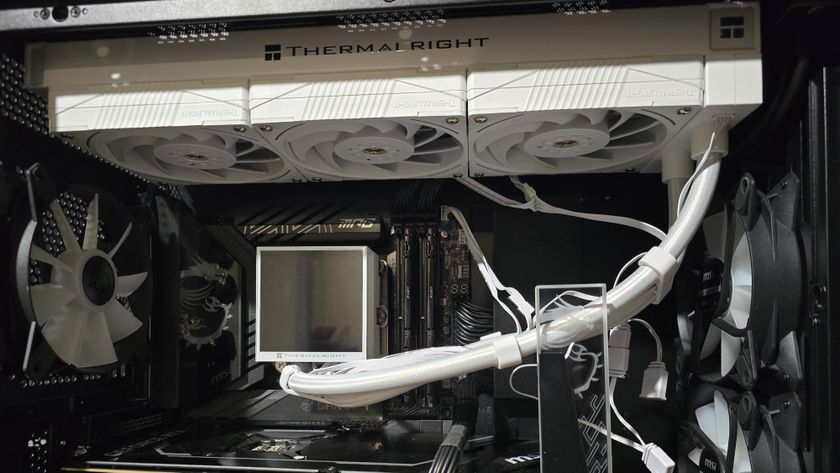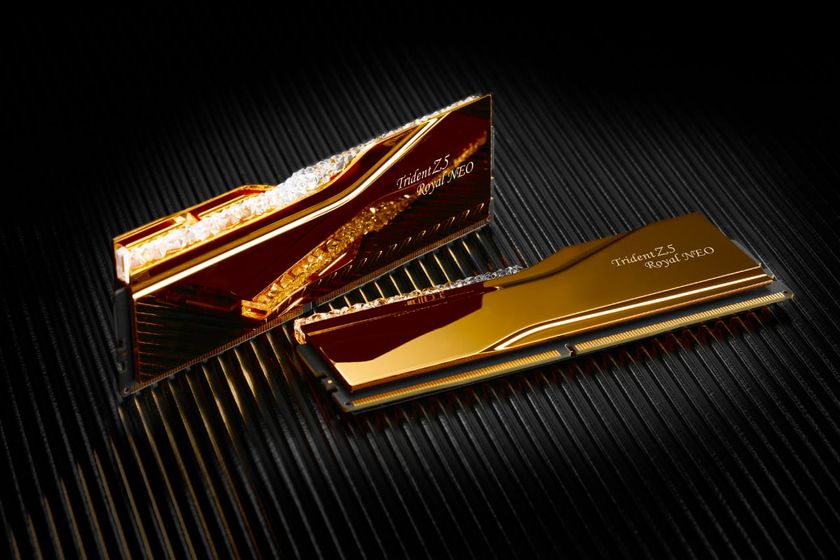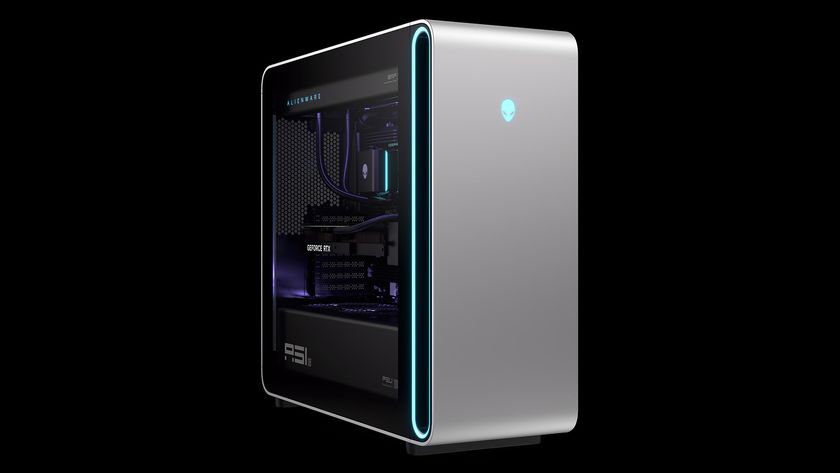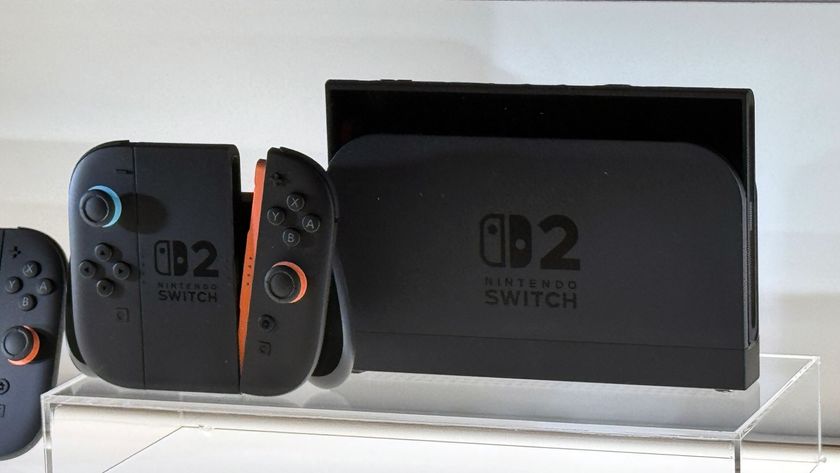Cooler Master sues competitors for infringing on patented pump-inside-radiator cooler design
Cooler Master takes a page from Asetek's book.
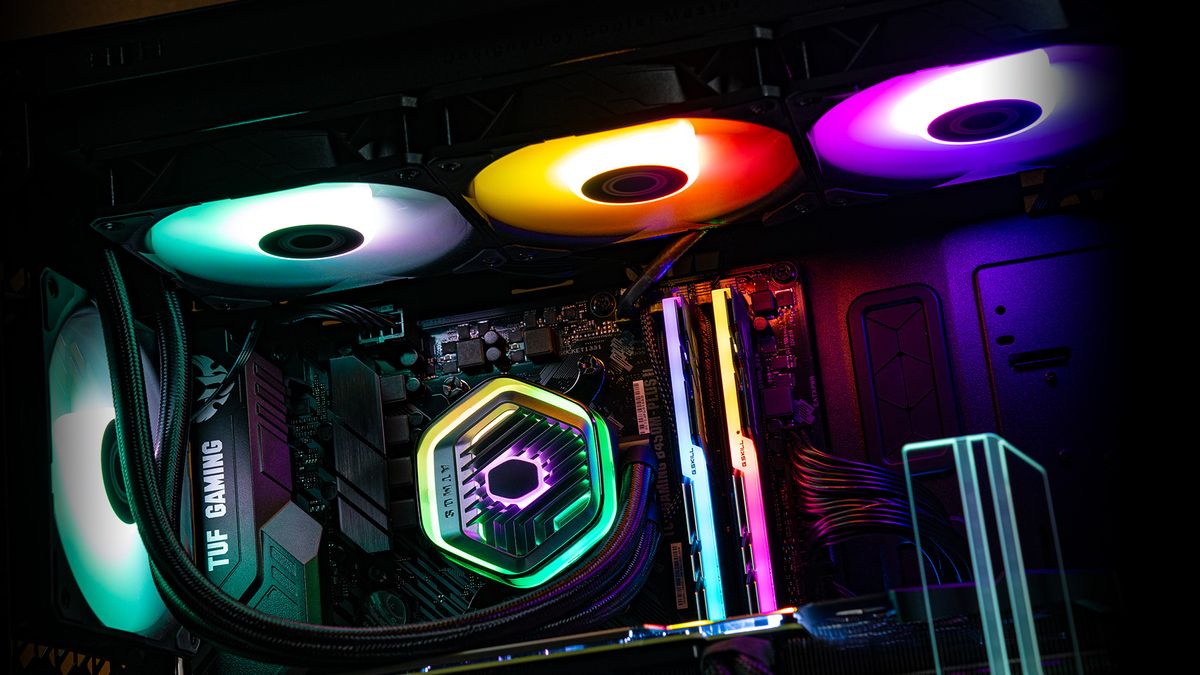
TechPowerUp reports that Cooler Master is suing cooling manufacturers SilverStone, Enermax, and Apaltek for infringing on its patented pump-inside-radiator cooler designs. The company is apparently also going the extra mile and is also suing all three manufacturers for copying its ARGB mini-controller design. Cooler Master is seeking damages and compensation for its legal costs.
The lawsuit, which was filed with the U.S. District Court of the Central District of California, addresses the alleged violation of three U.S Patents: 10,509,446; 11,061,450; and D856,941. The lawsuit references several products that infringe on these patents including SilverStone's IceMyst 240 AIO and IceGem 360 AIO, and Enermax's Aquafusion ADV AIO and Liqmax III ARGB AIO.
These patents mainly focus on cooler designs owned by Cooler Master. Patent number 10,509,446 specifically talks about the following cooling design:
A cooling apparatus that includes a base plate configured to dissipate heat and including a heat exchange unit, and a cover member coupled to the base plate and at least partially enclosing the heat exchange unit.
The cover member and the base plate define a heat exchange chamber that includes the heat exchange unit.
The cover member defines a first opening and a second opening, and at least one of the first and second openings are above the heat exchange unit.
The cooling apparatus further includes a flow guidance plate disposed on the cover member and a housing disposed on the flow guidance plate.
Stay On the Cutting Edge: Get the Tom's Hardware Newsletter
Get Tom's Hardware's best news and in-depth reviews, straight to your inbox.
Apparently Cooler Master is attacking anyone with an all-in-one liquid cooler pump design in which the pump is located inside of the radiator. This is a different approach from traditional AIOs, where the pump is installed right above the cold plate, next to the CPU area. Having the pump installed directly into the radiator can be advantageous as it enables a more flexible radiator placement (without the risk of pump burnout).
What's interesting is that Cooler Master is not suing other manufacturers, such as MSI or NZXT for infringing on its designs. MSI is an active user of radiator pump designs and utilizes them in products such as its MAG CoreLiquid series. NZXT also uses a similar design in its Kraken M22 120mm AIO. According to TechPowerUp, one of the defendants also noticed this and said it was very interesting that Cooler Master is not pursuing MSI for patent infringement — suggesting the company is acting like a "bully" by pursuing smaller manufacturers.
There is nothing wrong with a company wanting to defend its patents, of course, but patent infringement can get very complicated. Technically, even a small deviation from Cooler Master's patented designs could be seen as not violating the patents.
Cooler Master lawsuit looks awfully similar to a 2017 lawsuit against the company by Asetek — also for patent infringement on cooler designs. Cooler Master won that case, but has apparently decided to take a page from Asetek's book and go after SilverStone and Enermax, as well as Apaltek, which is the OEM supplier for the other two companies. And while Asetek lost its 2017 infringement case against Cooler Master, it has won cases like these in the past — including one against Cooler Master in 2015.

Aaron Klotz is a contributing writer for Tom’s Hardware, covering news related to computer hardware such as CPUs, and graphics cards.
- Sarah Jacobsson PurewalSenior Editor, Peripherals
-
peachpuff So they can't put the pump in the cooler, they can't put it in the rad, did someone patent "pump in hose" yet?Reply -
hotaru251 Placement of a pump in a loop should NOT be allowed to be patented. It restricts options & effectively makes a monopoly in that sector.Reply
in AIO theres literally only 3 options: the pump in rad, the hose, or coldplate.
we alreayd have patens on both ends now only missing 1 is hose...and thats not exactly a good idea as pumps are weight and sag a hose that has no ability to hold itself up in a system. -
Devoteicon Didn't MSI's MAG CoreLiquid series get a recall for faulty pumps or something? I'm guesing CM saw that and didn't want people to think their design was faulty if MSI stole it. Or maybe their design deviates just enough from CM's that it wouldn't be worth it.Reply -
Findecanor Reply
I hope this gets to court, and that the patent gets invalidated there for not being inventive enough.hotaru251 said:Placement of a pump in a loop should NOT be allowed to be patented. It restricts options & effectively makes a monopoly in that sector.
Unfortunately, a granted US patent can't get invalidated without going to court. -
Sluggotg Patenting the location of a pump is a system? Patenting that the pump will have an inlet and outlet? How about I patent a Sandwich. "It shall have a lower piece of bread and an upper piece of bread. Then there shall be assorted fillings."Reply
I am a Cooler Master fan but this seems a bit wrong. -
umeng2002_2 Replypeachpuff said:So they can't put the pump in the cooler, they can't put it in the rad, did someone patent "pump in hose" yet?
I'm sure the Patent Office has patented "nitrogen inside a human lung."
US patents. You'll never find a more wretched hive of scum and villainy. -
jlake3 Reply
If you could somehow make a standard thickness soft hose that also functions as a pump, you might actually have something worthy of a patent.peachpuff said:So they can't put the pump in the cooler, they can't put it in the rad, did someone patent "pump in hose" yet?
Unlike these two.
Also, the Swiftech H240 preceded Cooler Master's patent by 5 years. That was a discrete pump mounted on the radiator rather than an integral pump embedded in the radiator, but "What if we did that layout and built the pump into it better?" doesn't seem particularly novel. -
ravewulf There are only so many ways to build an AIO water cooler and none of them are novel ideas, just choosing a known option out of a limited set.Reply
